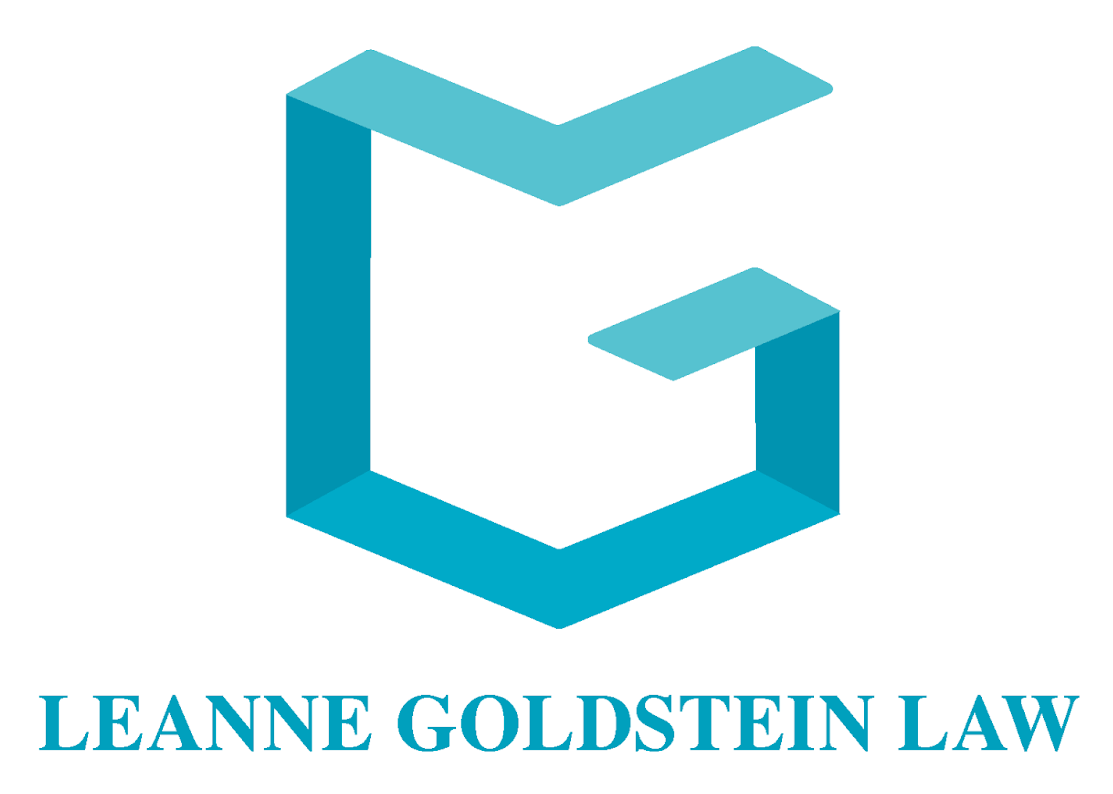When faced with a long-term illness or injury that inhibits one’s ability to work, understanding your rights and the benefits available to you can be both empowering and reassuring. In Canada, Long-Term Disability (LTD) benefits play a crucial role in providing financial support during such trying times. But, how do these claims work? And what do you need to know before you start the process? Let’s demystify the basics of LTD claims in Canada.
- What are Long-Term Disability Benefits?
LTD benefits are insurance payments made to individuals who are unable to work due to a long-term physical or mental illness or injury. These benefits are either provided through an employer-sponsored insurance plan adjudicated by an insurance company or third party administrator, a private insurance policy entered into directly with an insurance company, a Health and Welfare Benefits Trust, or through a group insurance policy provided by an employer
- Eligibility Criteria
To be eligible for LTD benefits:
- You must have an active LTD insurance policy at the time of your illness or injury.
- There is typically a waiting or “elimination” period, after the onset of disability during which you must remain disabled, but before you can start to receive disability benefits.
- The definition of disability will vary with each policy. Many group insurance policies contain a dual definition of disability. Usually the initial definition of disability in a long-term disability policy requires you to be disabled from performing the essential duties of your own occupation for the first 24 months. Thereafter, the test for disability usually changes to whether you are disabled from performing the essential duties of any gainful occupation for which you have the requisite education, training and work experience. There may be some variations in wording depending on the plan or policy. The own occupation period could also vary and might be 12 months or it could even be 36 months.
- Individual policies may contain Riders that alter or amend these definitions
- The Claim Process
- Notification & Application: Once you realize that your disability will be long-term, notify your insurance provider and request claim forms.
- Medical Documentation: Provide thorough medical evidence of your disability. This includes doctor’s notes, medical history, treatment details, and any other relevant information. You are not limited only to completing the claim forms and you can provide additional supporting medical information or add information to the claims forms.
- Claim Assessment: The insurance company will assess your claim, which might involve reviewing your medical records, employment history, symptoms and functional restrictions and limitations and even at times an independent medical examination.
- Approval or Denial: Once the assessment is complete, the insurer will either approve or deny the claim. If approved, you’ll receive monthly payments based on your policy’s stipulations for as long as the insurance company feels that you are eligible to receive benefits
- Amount and Duration of LTD Benefits
- Most LTD policies pay between 50% to 75% of your regular monthly earnings.
- The benefit duration varies. Some policies provide benefits until age 65, while others may have a specific term, like 2 years or 5 years.
- Approval for benefits does not guarantee you payment for the entirety of the term as the insurer may terminate benefits prior to the expiry of the term for a multitude of reasons
- Common Misconceptions
- “I must be completely bedridden to claim LTD.”: This isn’t true. If you are functionally unable to perform your job duties or any job duties due to a physical or mental illness, depending on your policy definition, you may be eligible.
- “The insurance company’s decision is final.”: If your claim is denied, you have the right to appeal. Often, with the right evidence and legal assistance, denied claims can be overturned. At times, however, it may be better to pursue litigation than appeal as the claims and appeals process is an insurance driven process and the insurer retains control of the decision making in that process. Litigation (starting a lawsuit against the insurance company) adds a layer of scrutiny above the insurance company to determine whether the insurer is adjudicating a claim fairly.
- Potential Challenges
Navigating LTD claims isn’t always straightforward. Challenges can arise due to:
- Insufficient medical documentation or misinterpretation of medical documentation
- Policy technicalities.
- Insurance companies prematurely determining that a claimant is ready to return to work It’s crucial to be well-informed, maintain open communication with your healthcare providers, and consider seeking legal guidance if you encounter roadblocks.
- Tips for a Successful LTD Claim
- Stay Informed: Understand your insurance policy’s terms, conditions, and definitions.
- Open Communication: Regularly communicate with your medical team and ensure they provide comprehensive medical documentation.
- Stay Organized: Keep all related documents, correspondence, and medical reports well-organized and easily accessible.
- Seek Legal Advice: If you feel overwhelmed or face a denied claim, consider seeking advice or representation from a lawyer experienced in LTD claims.
Conclusion
Navigating the maze of long-term disability claims in Canada can seem daunting. However, with the right information and resources, you can advocate for the benefits you deserve. Remember, LTD benefits are designed to support you during challenging health periods. With clarity about the process, requirements, and dispelling common misconceptions, you can confidently approach LTD claims and secure the financial support essential for your well-being.
